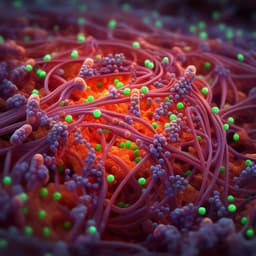
Medicine and Health
Evaluation of a novel fixed-space maintainer made of light-cured acrylic resin: an in vitro study
Y. R. Souror, T. Maaly, et al.
This in vitro study by Yasser R. Souror, Tayseer Maaly, and Mohammed Sameer Khawandanah evaluates a new light-cure acrylic resin space maintainer, demonstrating its strong bond with enamel and superior flexural strength compared to existing options. Discover the details behind these promising results!
Playback language: English
Related Publications
Explore these studies to deepen your understanding of the subject.







